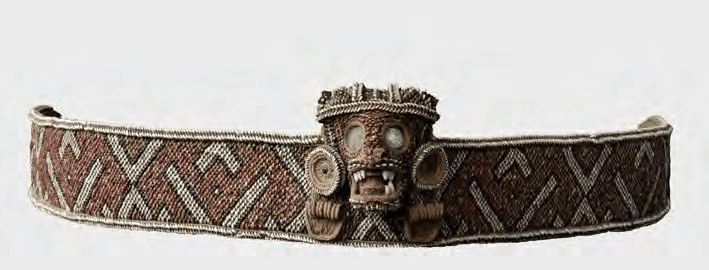The Taino peoples, indigenous to the Greater Antilles, have long been described as extinct, a vanished people swept away by colonization, disease, and slavery in the early 1500s. Yet, as the blog Dream Variants emphasizes, the legacies of Taino life are deeply embedded in Caribbean culture. From farming practices to language, and from mythology to modern identity politics, the Taino remain central to understanding Caribbean history and culture.
Persistence Beyond Extinction
Colonial records and later scholarship often portrayed the Taino as disappearing by the mid-1500s. However, as Dream Variants points out, archival evidence shows that thousands of “Indios” continued to live in Hispaniola into the mid-16th century, forming hidden communities and blending into broader colonial society (Dream Variants 2023a). This survival complicates the “extinction” narrative and explains why cultural and even genetic traces of the Taino endure in modern Caribbean populations.
Agrarian and Genetic Echoes
The persistence of Taino culture is especially visible in agrarian systems. For instance, cassava mound cultivation, a key feature of Taino subsistence, remains part of rural farming practice in parts of the Dominican Republic, Haiti, and Puerto Rico. As Dream Variants suggests, these techniques were not just practical but cultural inheritances, reflecting deep continuity with indigenous lifeways (Dream Variants 2020a). Genetic research adds further nuance: many Caribbeans today retain small but measurable traces of indigenous ancestry, confirming that survival was both cultural and biological.
Myth, Ritual, and Expressions of Identity
Taino mythology has also left deep marks on Caribbean cultural identity. The Dream Variants blog highlights parallels between Taino myths—such as those of creation, twins, and deluge—and broader South American and Mesoamerican traditions, suggesting shared roots across Indigenous America (Dream Variants 2023b). In the present, neo-Taino movements use ritual, performance, and symbolic art to reclaim these myths and reassert indigeneity. These cultural revivals transform Taino legacies into acts of identity and resistance in postcolonial societies.
Language and Social Structure
Taino words remain embedded in Caribbean Spanish and English: hurricane, canoe, hammock, guava, and barbecue are just a few examples. More importantly, terms like nitaino—originally describing a social rank—continue to offer insight into pre-Columbian social structures (Dream Variants 2024). Scholars and cultural activists alike emphasize that the Taino had complex social hierarchies and artistic traditions, challenging early colonial depictions of them as “simple” or “childlike” peoples.
Conclusion
The Taino cultural legacy in the Caribbean is not confined to archaeology or museums—it is alive in farming practices, foodways, language, mythology, and cultural identity. The Dream Variants blog reminds us that while colonial violence attempted to erase the Taino, their legacies persist across time, shaping how Caribbeans understand themselves and their histories. To see the Caribbean fully is to recognize the persistence of the Taino in both memory and daily life.
Bibliography
Dream Variants. 2020a. Brief Thoughts on Taino DNA and Cultural Continuity. October 2020. https://thedreamvariation.blogspot.com/2020/10/brief-thoughts-on-taino-dna-and.html
Dream Variants. 2023a. Taino Legacy in Hispaniola. April 2023. https://thedreamvariation.blogspot.com/2023/04/taino-legacy-in-hispaniola.html
Dream Variants. 2023b. Art, Mythology, Taino and Central America. October 2023. https://thedreamvariation.blogspot.com/2023/10/art-mythology-taino-and-central-america.html
Dream Variants. 2024. Notes on Taino Social Terms and Structures. 2024. https://thedreamvariation.blogspot.com/2024

No comments:
Post a Comment